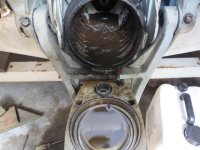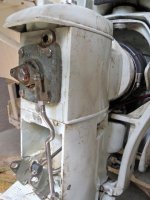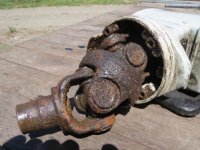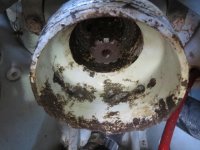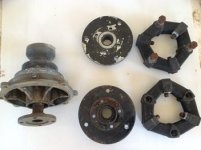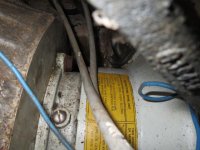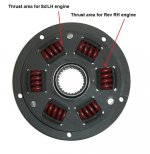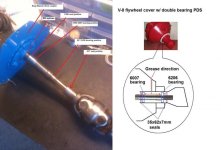As a person who has some mechancal experience (old British motorbikes) I would like to do some basic maintainance, U joints and seals on my sterndrive.
Since joining this forum I've read a few negative comments about some of the service manuals on offer.
I found a website called, boatinfo, and the manual they had, publisher unnamed, was of limited use to me...I got the impression they expect the user to be a trained mechanic, when what I'm after is something with lots of illistrations and bolt by bolt instructions.
Is the VP item the way to go?,been looking for one of these, either an original or a reprint, with no luck as yet but you can buy CDs on ebay.
The Baby Steps style of book I'm after probably dosn't exist, in which case the people with the knowledge on this forum can expect a few lame questions from me in Kiwi Land, cheers Barry.
Since joining this forum I've read a few negative comments about some of the service manuals on offer.
I found a website called, boatinfo, and the manual they had, publisher unnamed, was of limited use to me...I got the impression they expect the user to be a trained mechanic, when what I'm after is something with lots of illistrations and bolt by bolt instructions.
Is the VP item the way to go?,been looking for one of these, either an original or a reprint, with no luck as yet but you can buy CDs on ebay.
The Baby Steps style of book I'm after probably dosn't exist, in which case the people with the knowledge on this forum can expect a few lame questions from me in Kiwi Land, cheers Barry.


